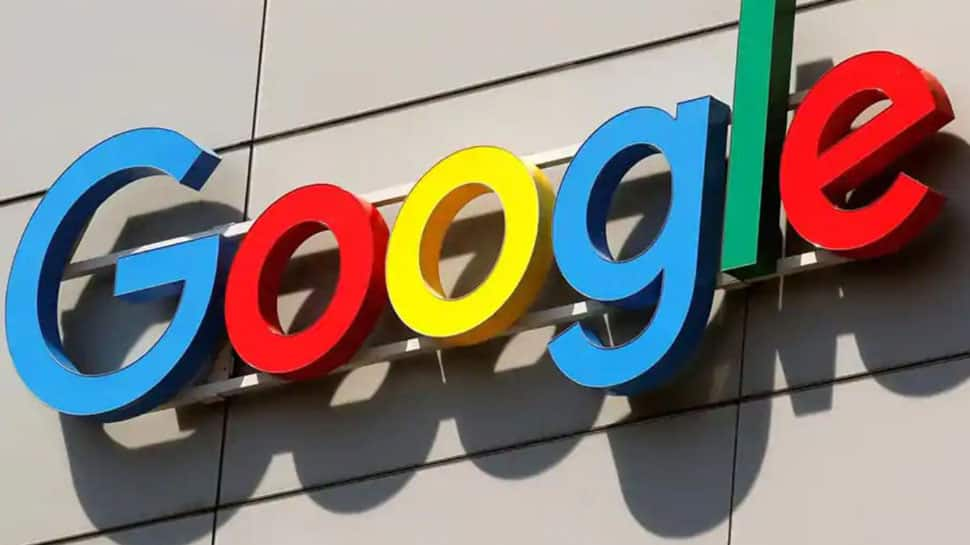
Google services, including Gmail, YouTube, and Google Drive, faced a massive outage on Monday (December 14). The outage lasted about an hour and affected Google users around the world. During the outage, millions of Google users were unable to access emails or YouTube.
A Google spokesperson said the outage of “approximately 45 minutes” was due to “an internal storage quota issue.” The statement said that “services that require users to log in experienced high error rates during this period.” “All services are now restored,” he said, apologizing to all those affected and promising a “comprehensive follow-up review to ensure this problem does not recur in the future.”
Shortly after the outage, Google said that Gmail was facing a problem and that the status page was showing red for most services for a few minutes. “We are aware of an issue with Gmail that affects the majority of users. Affected users cannot access Gmail. We will provide an update by 12/14/20 at 5:42 pm detailing when we expect to resolve the issue. Please note that this resolution time is an estimate and may change, ”said an update on the status panel of the Google workspace, posted at 5.25 pm
At 6.22 PM, Google had updated that “the problem with Gmail should be resolved for the vast majority of affected users.” By then, most of Google’s other services also started working normally.
Initially it said, “System reliability is a top priority at Google, and we are making continuous improvements to improve our systems.”
It should be noted that Gmail and YouTube together have more than 3.5 billion global users and the outage affected all of these users, which means that the problem was not small.
Experts say that Monday’s outage was not localized and was among the largest experienced in recent times. At its peak, DownDetector.com logged more than 1,12,000 issues on YouTube and nearly 40,000 for Gmail.
On live Tv
Google needs to address this problem as there has been a massive increase in users across all online services and Google services are very popular with netizens. Experts raise questions about whether Google’s backend infrastructure is strong enough to cope with the increased load.
.